I'm currently working on my blog where I am trying to fit all Images into a 1:1 Ratio, which works great for images where the height is larger than the width. Well on the other hand it also works "well" with images where the width is bigger. But the main problem I have is that the images with a bigger width don't need to be fit in into the 1:1 ratio as this would align the description below better.
How can I fix this? (Please find my code below):
CSS:
.img-container {
background: transparent;
position: relative;
width: 100%;
}
.img-container:after {
content: "";
display: block;
padding-bottom: 100%;
}
.img-container img {
position: absolute;
top: 0;
bottom: 0;
left: 0;
right: 0;
width: 100%;
height: 100%;
object-fit: contain;
object-position: center;
cursor: pointer;
}
HTML:
<div class="img-container">
<img src="xxx"/>
</div>
Thank you in advance!

